IMG Polar Training Course
| All
Reaching the North Pole, the South Pole, or even just enduring polar conditions for a sustained period of time is the ultimate test of physical and psychological endurance. It is also a test of knowledge, and it almost goes without saying that you need to have the right skills, equipment and logistics in order to pull off, and return from, a journey such as this.
At Icelandic Mountain Guides, we have that knowledge in-house, and every year we lead expeditions to both poles as well as across the Greenland ice cap, as well as the highest peaks in the Arctic. In 2017, our founder, lead expedition guide and elite mountaineer Leifur Örn Svavarsson along with senior guide and expedition leader Björgvin Hilmarsson hit upon a brilliant idea: to pass on his knowledge and expertise of expeditions and all that is required.
In a world first (for Iceland, that is) the Polar Training Course was born.
In this post, Björgvin and Leifur tell us all about it the polar training course and what it entails. Later, Bjartur Týr, a highly-experienced guide who has been leading summit trips to Iceland's highest peak, Hvannadalsnjúkur will share his experience of the course from a learner's perspective.
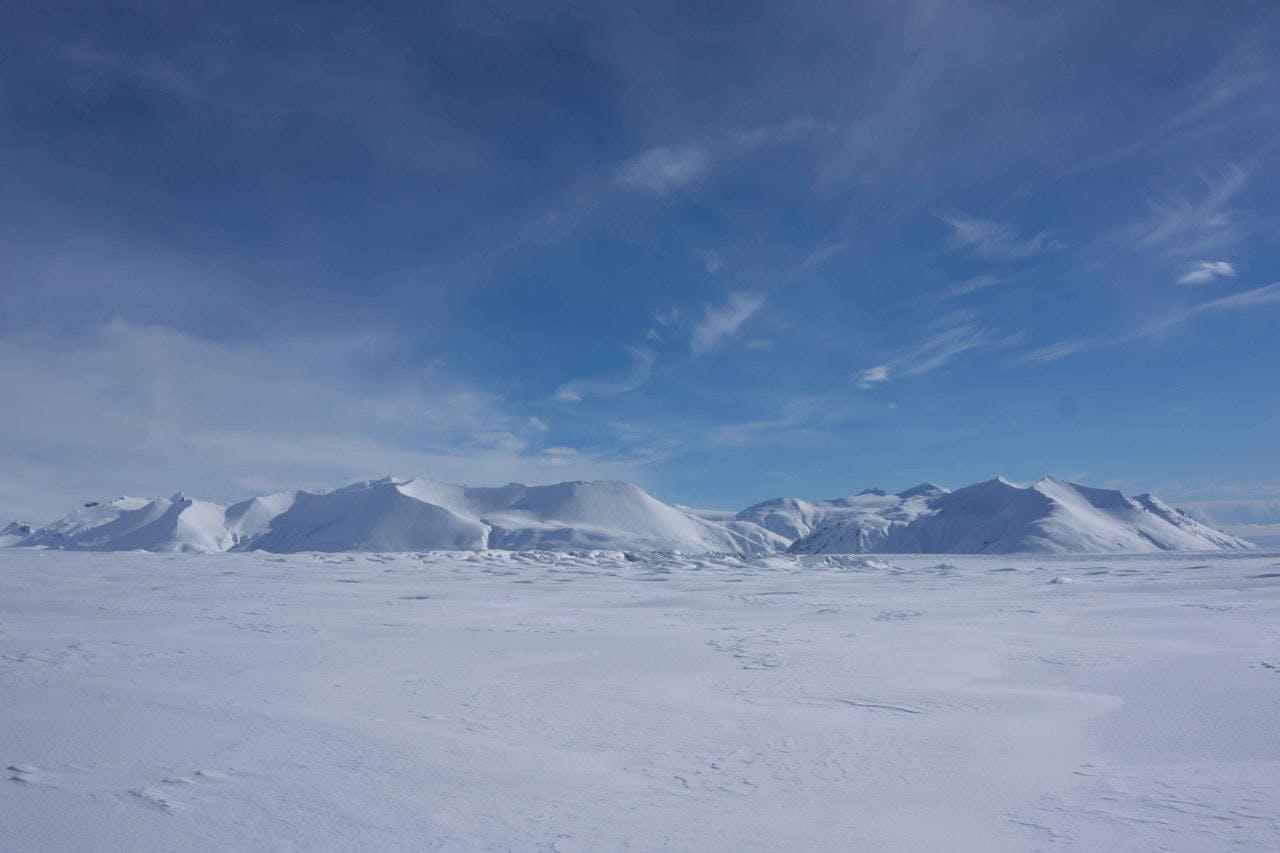
What is the goal of the course?
The goal is high-performance expedition travel and competence in expedition crossing: covering a great distance per day, maintaining your energy, and doing it day-after-day. Modern polar travel as it is practiced today is done on nordic skis, with or without wind assistance, that is to say, with the use of sails and kites, and we cover the modern types of sails and kites.
What does the course include?
a. History of polar travel
The Polar Training Course starts with going through the history of polar travel, such as Robert Peary’s controversial expedition to the North Pole all the way through to Shackleton’s Antarctic expedition in the Heroic Age of Antarctic Exploration. Here, we discussed what technology they used and how they travelled. Today, some techniques are not accepted, and there is a detailed comparison of the weather in different polar regions.
During the course, we see how polar travel has developed, but only really advanced when western explorers began to learn from the specialists, the people that are living in this area: Inuit and Sami people. The indigenous populations use reindeer and dogs and live in this environment on a day-to-day basis. There was no success until western explorers started to learn from those people and their local, ancient knowledge.
b. Gear preparation & navigation
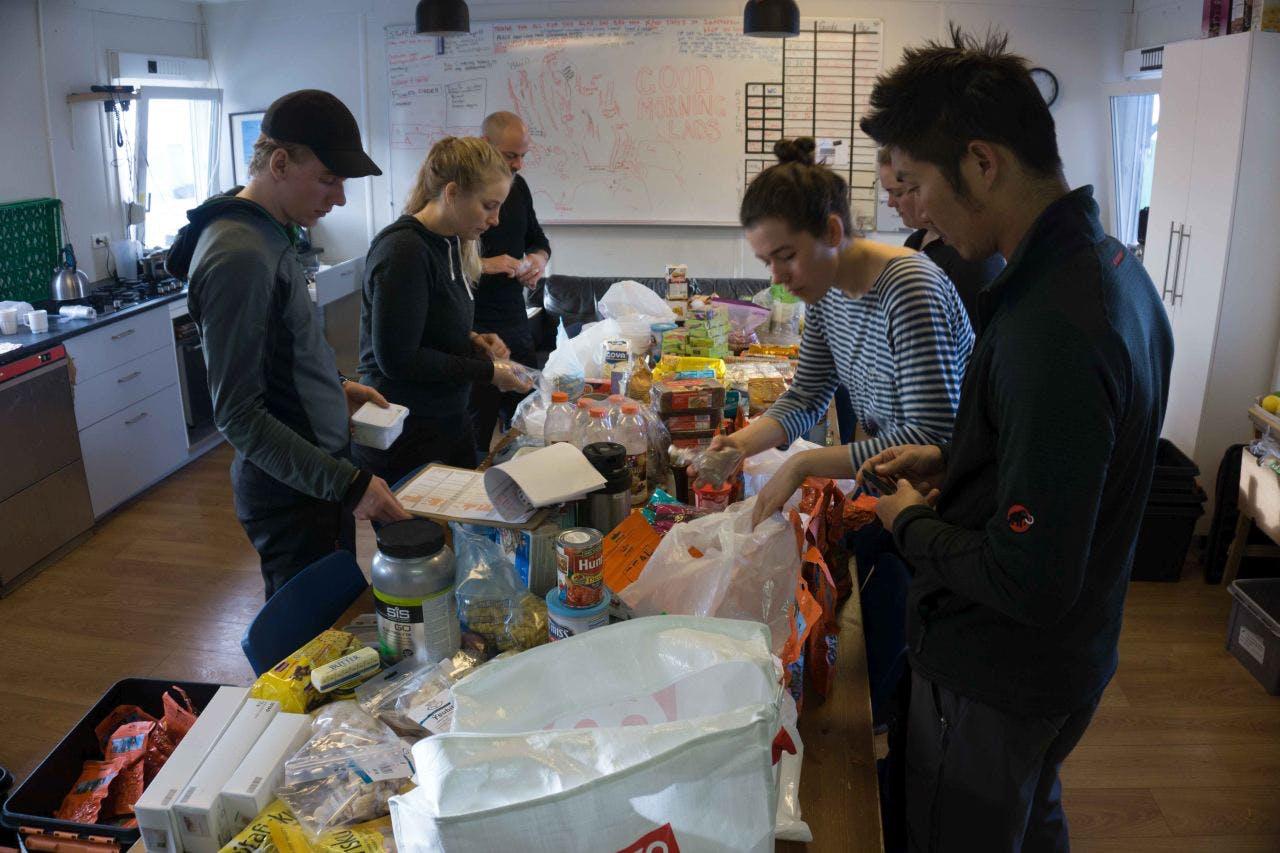
The lectures last three days. After the lectures, they go through all kinds technical and practical skills such as navigation and packing food; there is a lecture about polar bears, firearms, and navigational techniques that are appropriate for glaciers.
Navigation requires a lot of pre-planning: you plan the route using maps, co-ordinates and aerial photos, and put the information into a GPS. Then you have a compass to use between the fixed points on longer distances that you are going to. Sometimes, you may be going for days in the same direction. When you have more complicated geographical features, you have to look at the GPS more regularly. There are many other navigational methods, and we cover them all.
Then, you really pack for an expedition as if you were going on one. On a mission like this, your gear is very important, and a comprehensive gear analysis is undertaken, as only specific items are suitable for the journey ahead. We covered what gear what suit Iceland and Patagonia and what would be suitable for the South Pole, and the varying levels of insulation that you need for these respective climates, and the weather differences on the ground. This is especially important for the hands and for the feet, because these are the most likely places to get frostbite. We covered frostbite in some detail too.
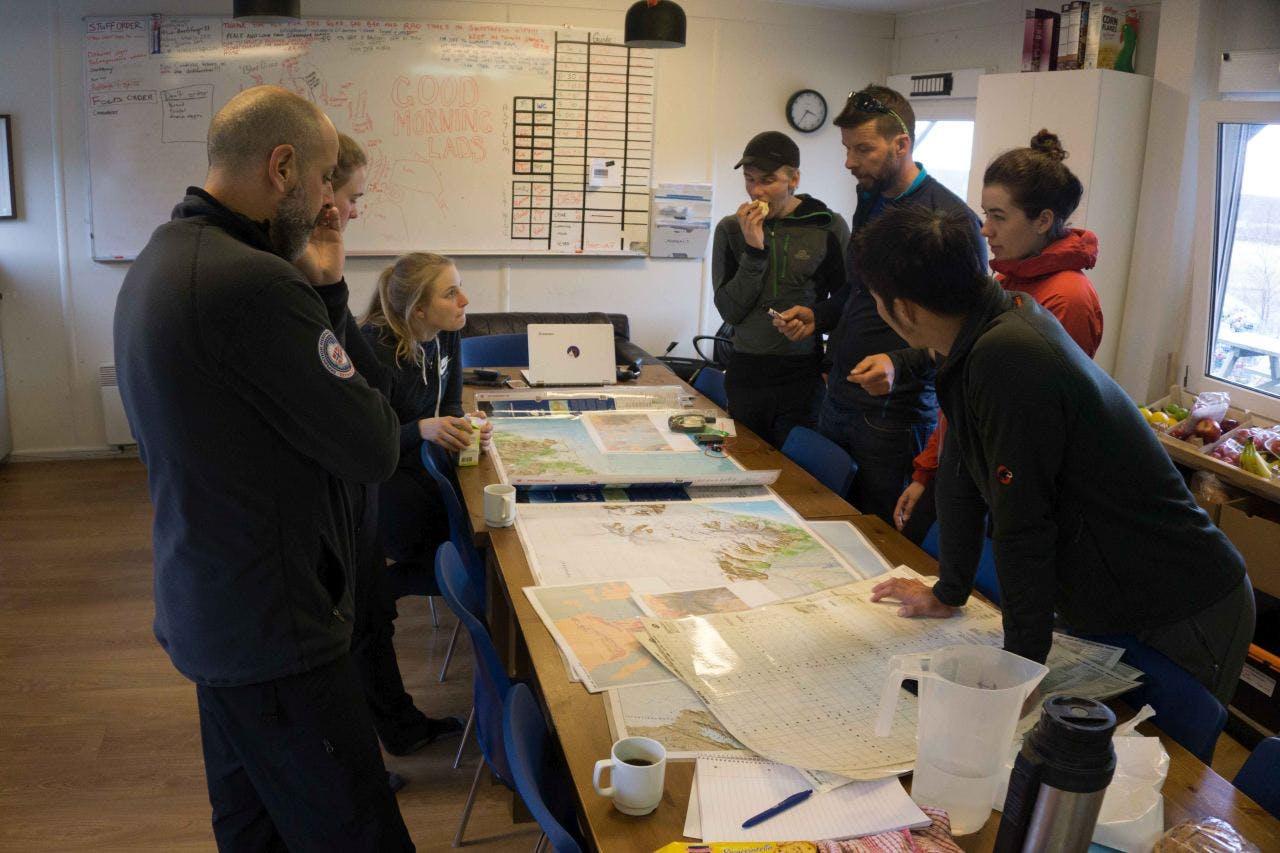
c. Field experience
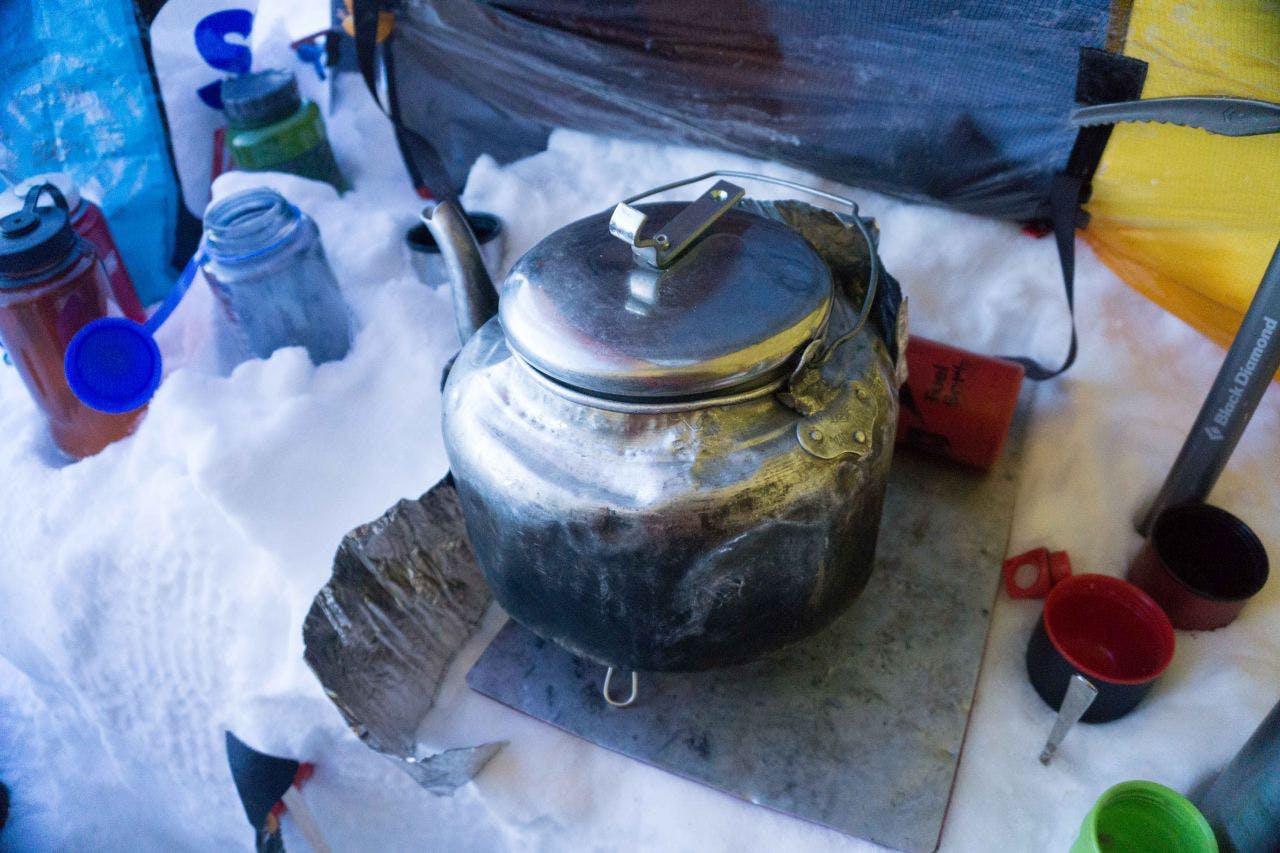
After the theory comes the practice. You are taken up to the Vatnajökull Ice Cap; you ski and camp, the participants experience bad weather, they go through crevassed areas and lots of snow. You don’t know beforehand what you will encounter out there; there are a lot of uncertainties, but this is part of what makes it an expedition, the fact that you can’t plan everything, that you have to take on certain uncertainties relating to the exact route that you will take.
Good skiing technique is also crucial; you travel much more easily, much more effectively. You can continue for a longer day without getting too tired.
But this is the idea: to expose people to the planning of it all, some theory, and than actually getting hands on experience with things like camping in winter, building protective barriers like snow walls, melting snow for cooking and things like this. One of the most valuable skill sets that you can take away from the course is how you plan; where you do the cooking, how you prepare your gear, such as having indoor bag, within it are all the things that you take into the tent with you. This means that you don’t have to keep going into different bags and getting different things. This saves time and energy.
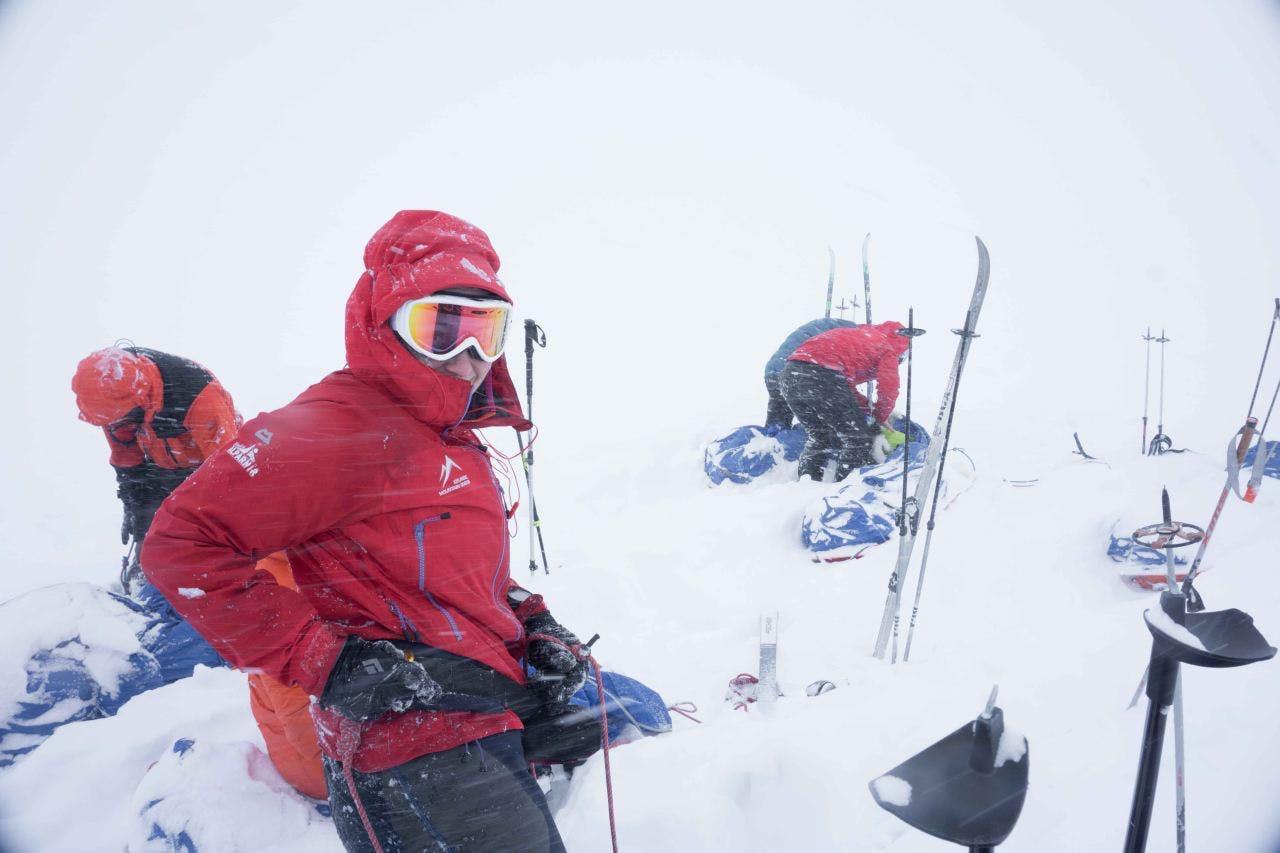
And how was the weather?
During this expedition we had all kinds of weather: we started with freezing cold conditions, around -18 with strong winds down to maybe -25 celcius on the Vatnajökull travel path. This is good because you have a danger of frostbite in your face and fingers: you can talk about these topics. Then, we had a heavy dump of snow, up to the knee, making it very difficult to travel. This all ended in brilliant sun and beautiful weather. It was quite adventurous. All the participants were in good spirits, and so it was really enjoyable.
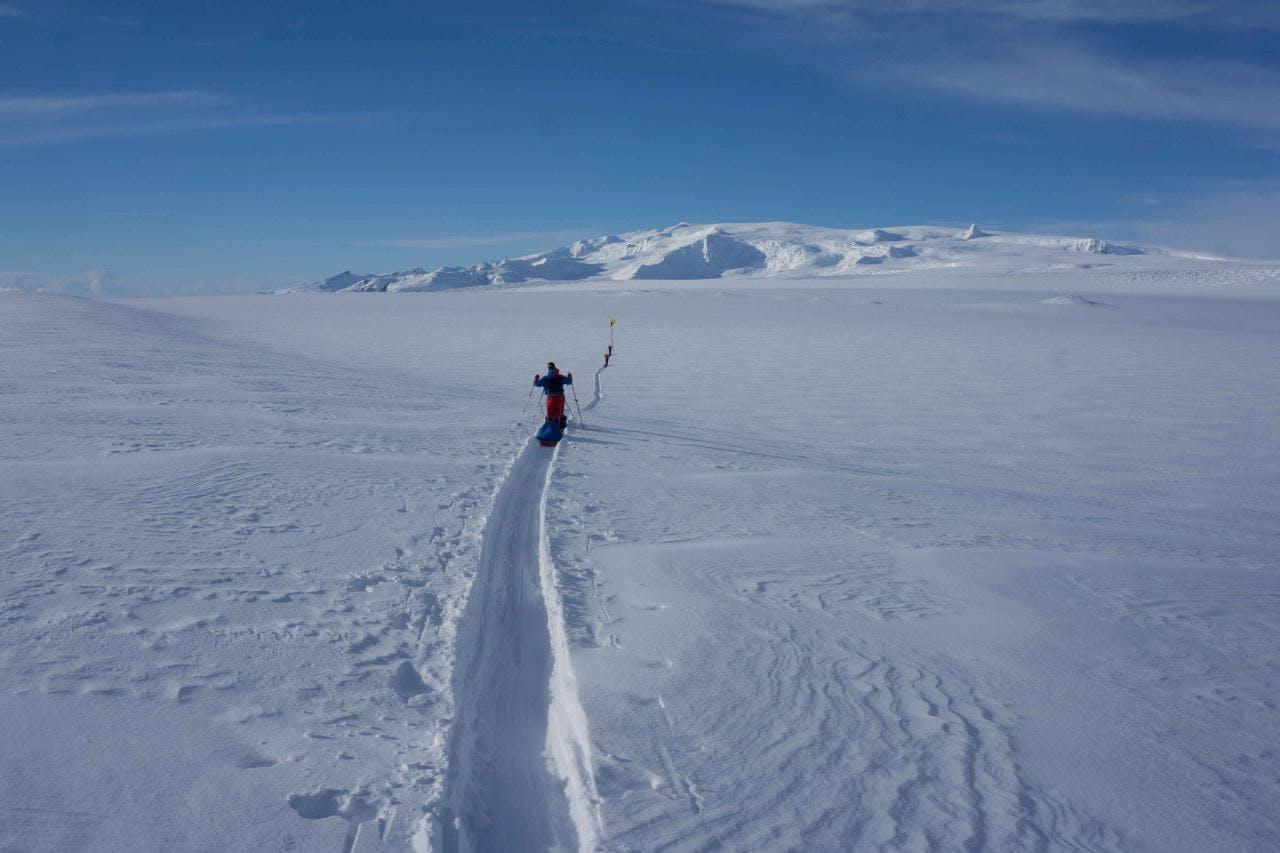
So you’re ready by the end, right?
No. You are never ready, you can always perform better. But those who were with us on the course did very well.
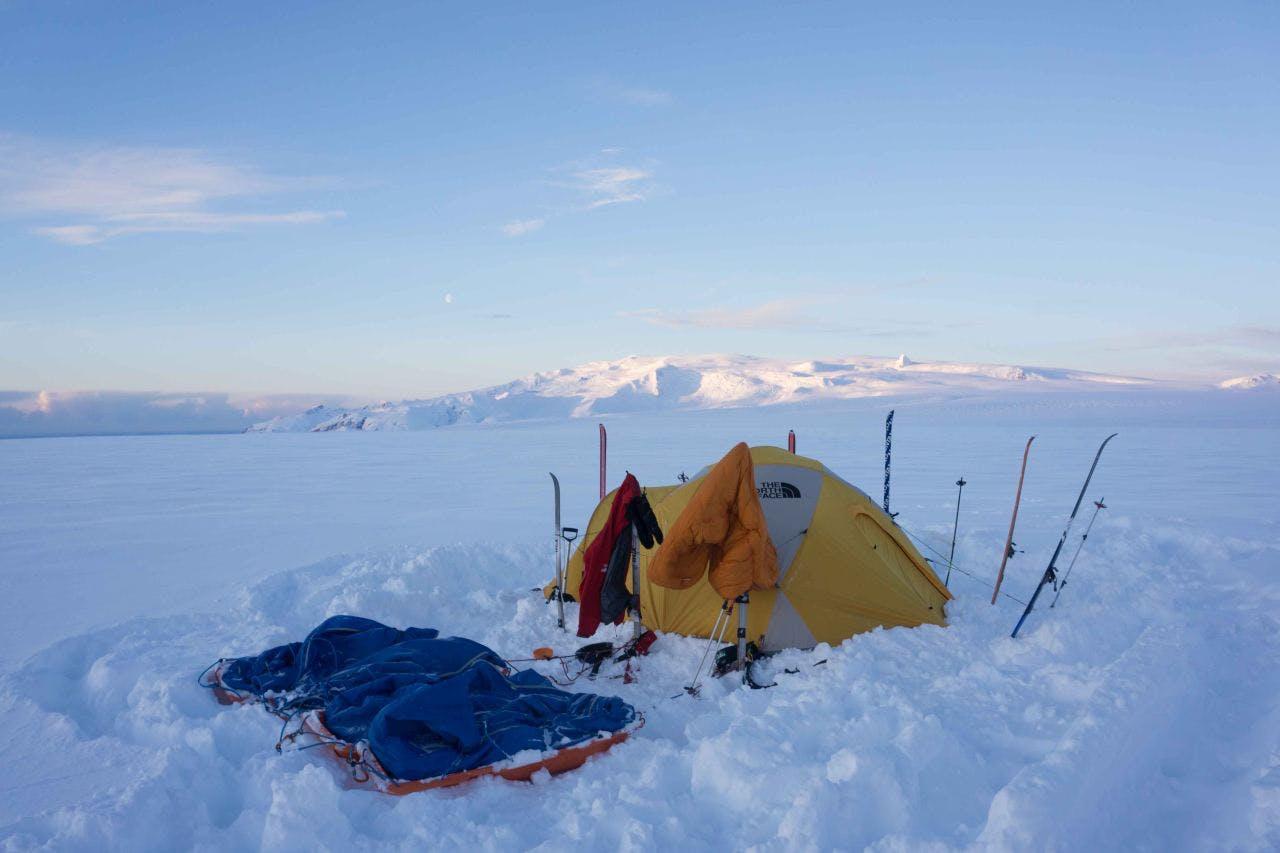
A Students Perspective
Bjartur Týr was one of the guides that participated in the course. Here he is, in his own words:
Would you recommend the course?
I absolutely would recommend the course. It was an awesome experience and now I am much more prepared to take the next steps with leading and organising expeditions, and polar travel in general.
What was your favourite part of the course?
I would have to say that the best part of the course was the field experience where we undertook a mini expedition on the Vatnajökull, where we went to Esjufjöll and then down Breiðamerkurjökull, the glacier which gives the icebergs of the Glacier Lagoon. Implementing the skills we learned in the lecture-led part of the course was great. This took 4 days and three nights in total.
The last was great, when we got to use the kites. It’s so nice to travel a great distance and use little energy. It’s quite a strain to hold on to the kit as it takes you but it’s really a great experience!
How did it go with the navigation?
Yes, that was quite educational. Leifur just picked two of us to lead the group for half a day, and then we each took turns leading the group. To navigate, we would simply use GPS and compass. Since most of the people had mountaineering experience, this was something that we were used to. It was really nice how Leifur set us to be the leaders. It was pretty cool to lead a man like Leifur.
How did it go with packing all the food?
We had plenty of food, it’s very important to have plenty of food on a journey like this. We mostly ate dried food for dinner and some muesli in the morning. It’s very important to eat something that you really want to eat, and you eat a lot during the expedition, because you are are using so much energy.
And what about the gear?
The differences between the types of gear that you need for different environments is pretty interesting: in Iceland, you need something warm and waterproof at the same. In Greenland, you need something even warmer, and then in the South Pole you don’t really need anything waterproof because it never rains and it hardly snows, so you mostly just need something super warm like a very thick down jacket.
Take on the ultimate journey
Continuing in our pioneering tradition, it is through initiatives such Iceland’s first Polar Training Course that Icelandic Mountain Guides always innovates and offers a greater range of specialized services for aspiring expeditioners. Want more information about the next course? Don’t hesitate to contact us!
Keep me informed about the Icelandic Mountain Guides Blog
Outdoor adventure in Iceland is our specialty. Subscribe to our free monthly newsletter to learn when to go, what to do and where to have the best adventures in Iceland.